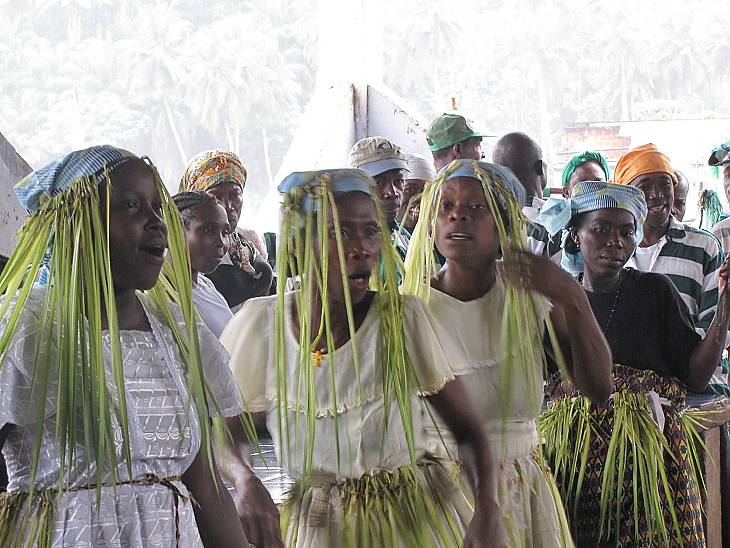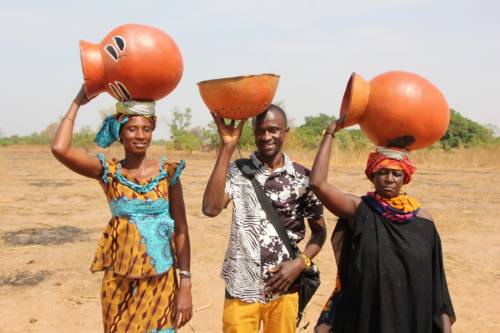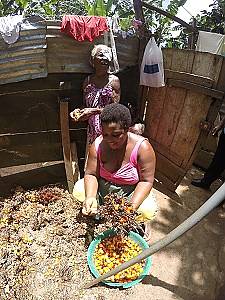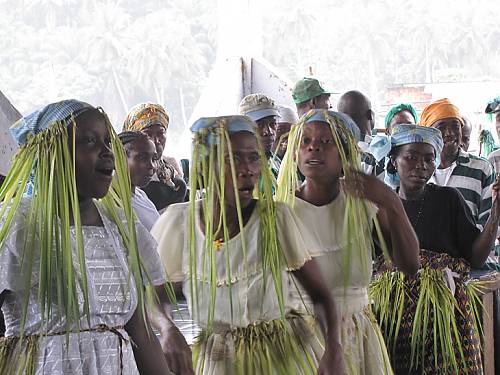As the first of the five Portuguese speaking African countries (PALOP) to have ratified the Convention, in 2006, Sao Tomé and Principe has launched a workshop on the development of community based inventorying of intangible cultural heritage.
From 30 March to 10 April 2015, 25 participants - members of different communities, Government staff and technicians, as well as representatives of NGOs and scientists – are working on identifying, assessing, and recording necessary information in alignment with the Convention’s principles in a pilot inventory for the Boa Morte community, on Sao Tomé. Acquainted methodologies and techniques are to be replicated in the other provinces, including in the sister island of Principe. In a couple of months, the results will serve to develop measures and a national strategy for the safeguarding of intangible cultural heritage.
As part of the capacity-building project to reinforce the safeguarding of living heritage in the PALOP countries, the event also strengthens the interregional network of actors on the safeguarding of intangible cultural heritage: for the first time a former trainee of the project, a professional from the Mozambican partner Institute for Socio-Cultural Research (ARPAC), co-facilitates the workshop together with a Brazilian consultant, and can share the experience of the Mozambican pilot project of Chinhambudzi (2013/2014). Simultaneously, a technician from the Cape Verdean Institute for Cultural Heritage (IIPC) participates in view of the upcoming launching of the programme in his home country.
Organized by the National Directorate for Culture of Sao Tomé and Principe in close cooperation with UNESCO, this workshop is made possible thanks to the generous contribution from the Government of Norway to the Intangible Cultural Heritage Fund.
Event:
-
Workshop on community-based inventorying of living heritage (30 March 2015 – 10 April 2015)




